In recognition of OT Week, Empower is celebrating its amazing occupational therapists and as part of our Staff Profile series, spoke to Emily McLeod about her role as occupational therapist in our Community Services – Home Care division and her passion for helping clients regain independence.
Why did you choose Empower?
Following working in residential aged care and inpatient rehabilitation in my first year out of uni, I developed a passion for the concept of helping people remain living in their home for as long as possible.
I was working with a lot of patients and residents who may have stayed safe and independent in their homes for longer than what they were experiencing, if they had the right supports around them. I wanted to be one of those supports!
In my early conversations with the team at Empower, they said that they agree with this, and that they are passionate about supporting their clients in the community and expanding their occupational therapy services in this area. Empower works with a range of home care providers, from those who are well cared for, to those who are the most vulnerable in our community. I was instantly attracted to the variety of the work that was coming in, and I could feel the amazing team atmosphere even over Skype interview!
What do you love most about your job?
Easy – the smiles on my clients faces when they receive new equipment or learn new ways to participate in activities that they thought were long behind them. Independence is everything. I love giving that to people.
What has been your most memorable moment?
Leaving university, I had no desire to work with children. I felt it was too difficult and that I didn’t have the knowledge or skills to work with young people with different disabilities. Through our growth into working with the NDIS, I have worked with a number of clients aged between 10-18 years, which I now love.
My most memorable moment was only recently – I visited the home of one of my 14-year-old clients who when I first met him; was glued to his Ipad, reliant on his mum for everything, and had a temper that would spark at the drop of a hat.
I was blown away to see him drop his Ipad when I walked in, show me a new book, tell me of a new club he has joined, get his lunch (that he made by himself) out of the fridge and pack a lunchbox for school, and then watch him help his younger brother get breakfast!
Seeing someone shift in their attitude and personal beliefs of their own abilities is amazing – I thought I was just helping him learn basic cooking and creating generic checklists for a morning routine. As it turned out, I had shifted his engagement with all aspects of his life!
In what ways has Empower supported your growth personally & professionally?
The team at Empower have provided me with many opportunities to attend professional development sessions, and always listen when I have suggestions for growth or change. I am constantly presented with new challenges, and always supported while working my way through these.
What piece of advice would you give your new graduate self?
Nobody knows all the answers every time. We are all learning every single day – it’s okay to make mistakes and it’s okay to ask for help. You’ll be surprised how often you ask someone a question to be answered with ‘I don’t know either, let’s find out together’.
Tell us a bit about yourself. Out of the workplace, what are your interests and hobbies?
On the weekends I am usually at home with my boyfriend or spending time with my sister. We love cafes, sunshine, and the occasional afternoon at a bar. I’m not very exciting out of work – I occasionally go on a little adventure into the bush or down to the beach, but most of the time I’m switching off and enjoying some R&R.
About Empower
We Change Lives
At Empower Healthcare, we deliver life changing allied health services. Our whole team is dedicated to building and delivering exceptional services for clients, loved ones, referrers and partner organisations.
Our therapists genuinely care about the people we work with and take the time to build strong relationships that holistically improve social, physical and mental wellbeing.
We are a successful privately owned and operated organisation that continues to experience significant growth, driven by our fantastic services and family of professionals.
How can I find an Occupational Therapist?
- We have an amazing team of occupational therapists
- Comprehensive coverage across Metropolitan Melbourne, Mornington and Geelong
- Responsiveness is our allied health home care service guarantee
- Services available to residential aged care organisations
- Friendly and professional staff
Call our friendly team on PH: 9583 1364.
Learn more on how our OTs can help you

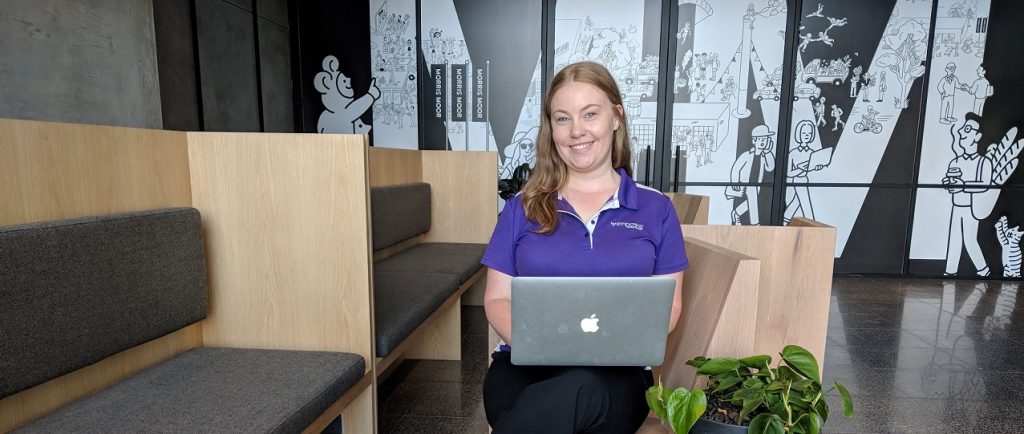

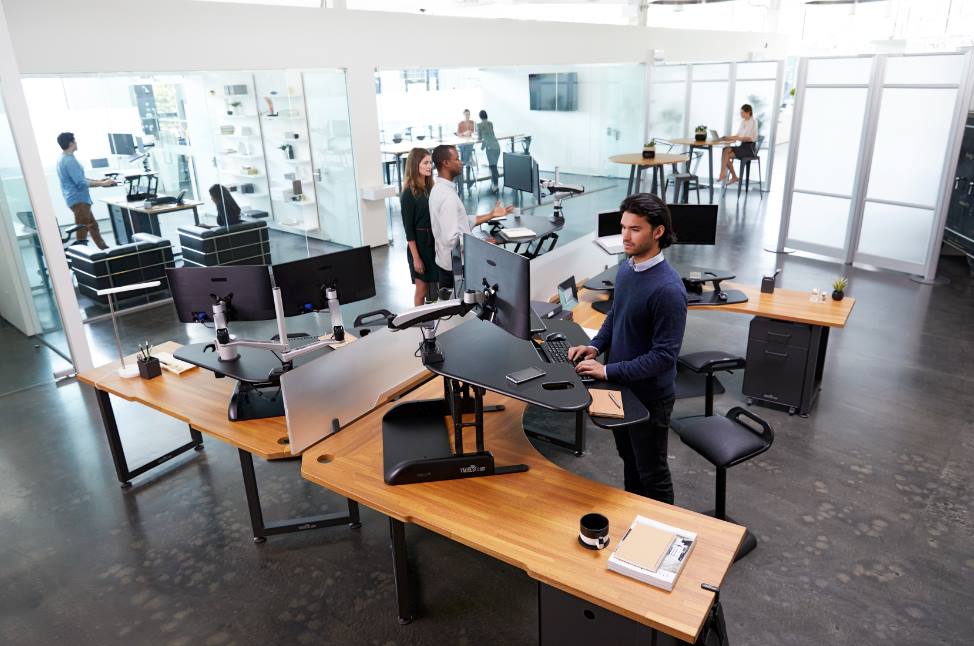


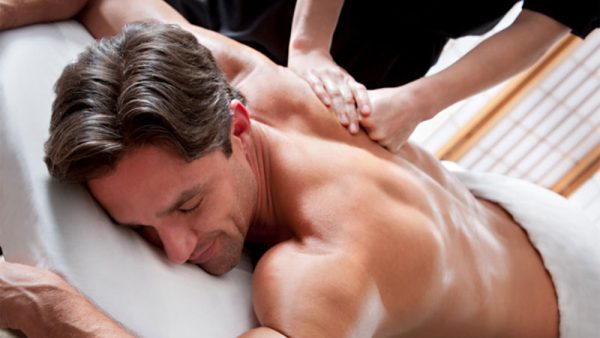

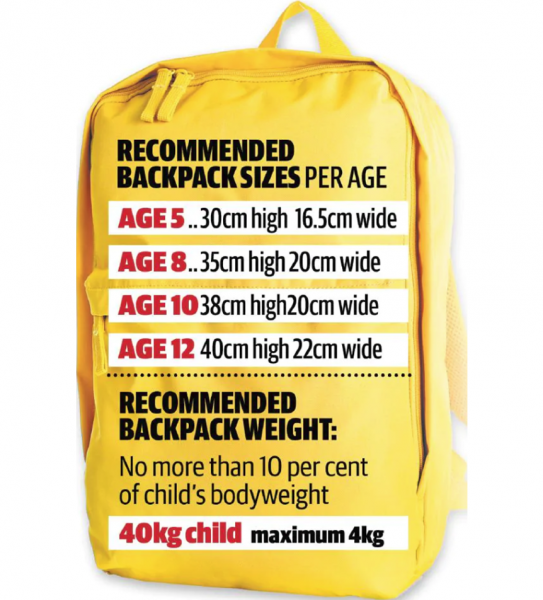


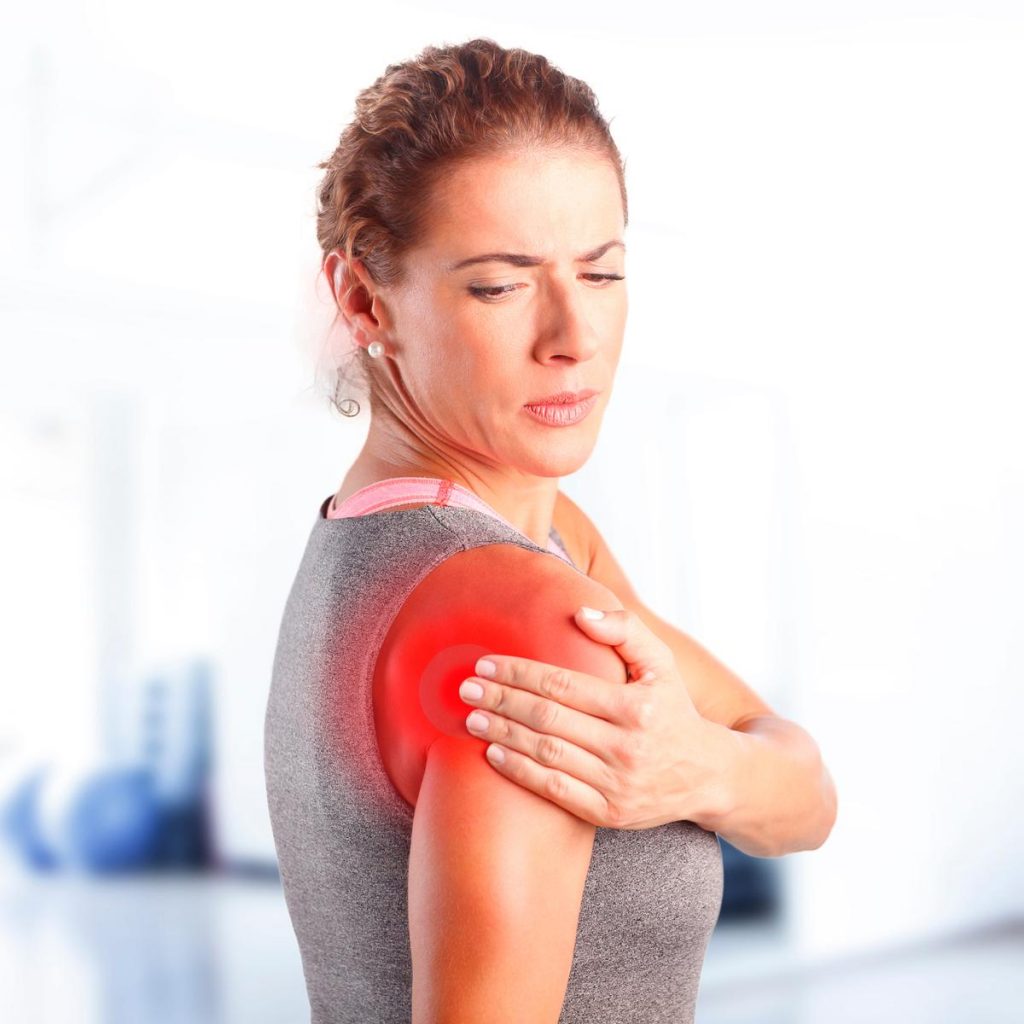

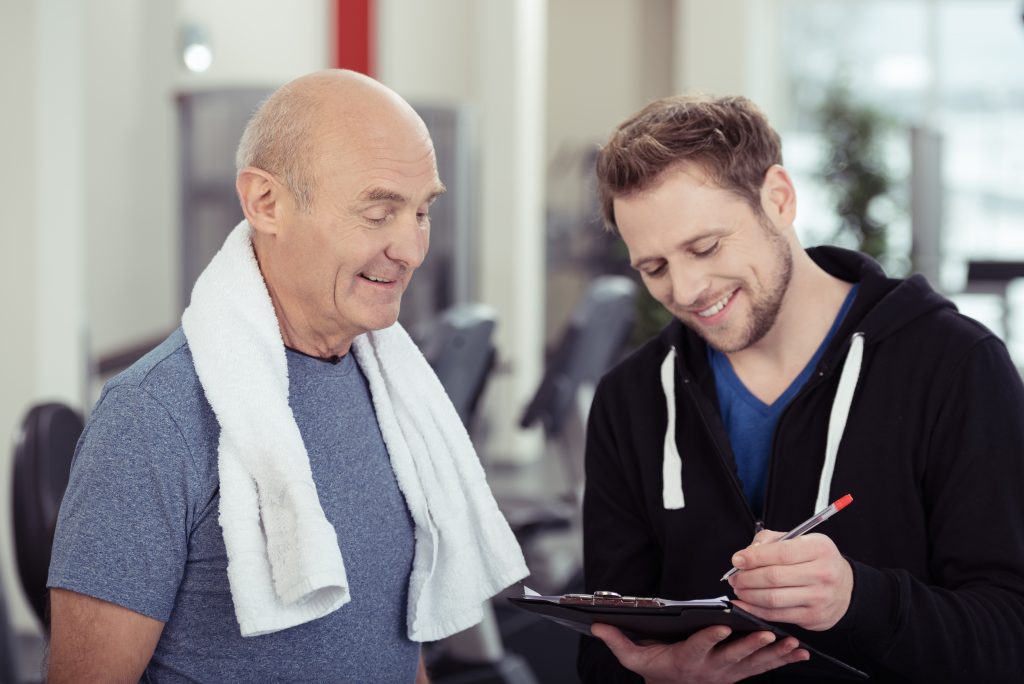


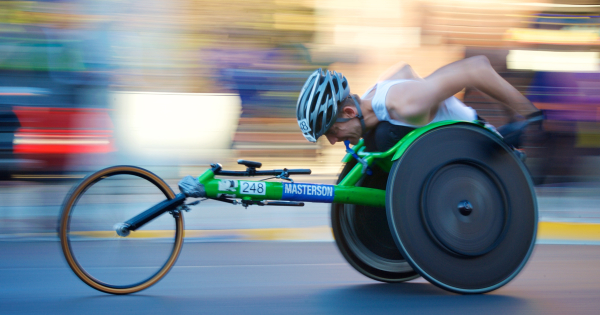
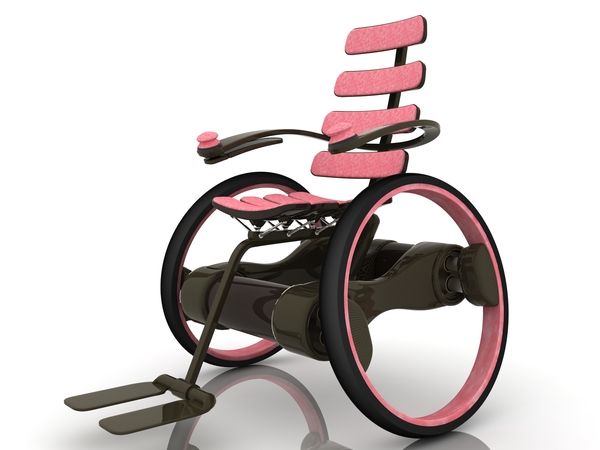
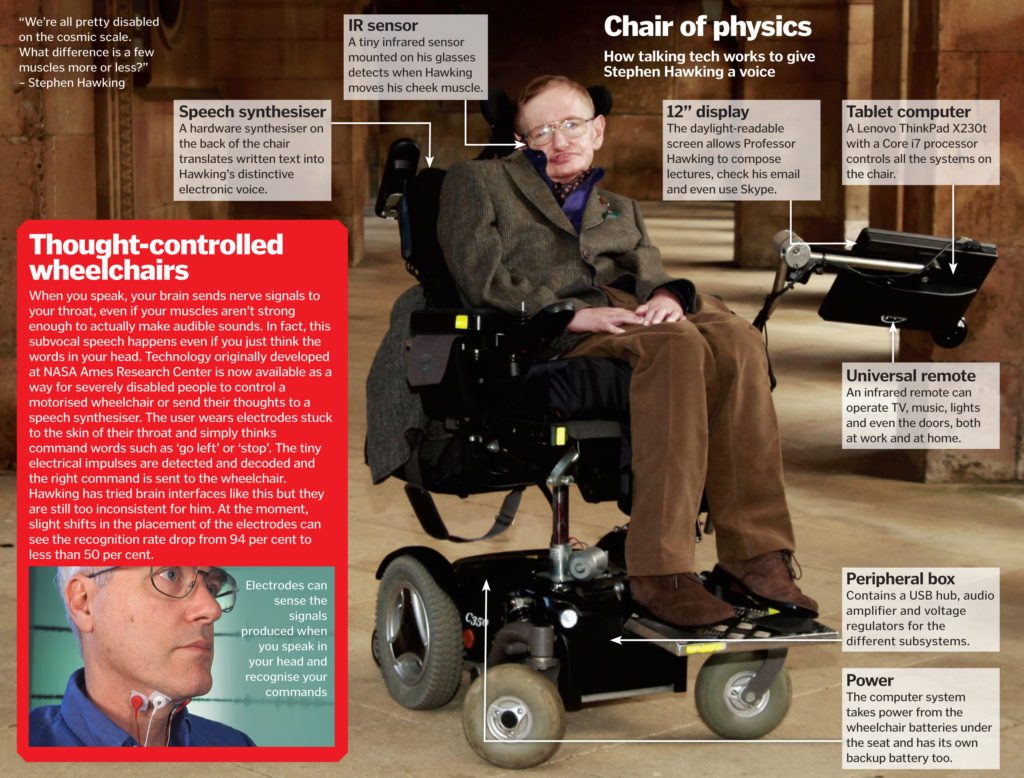
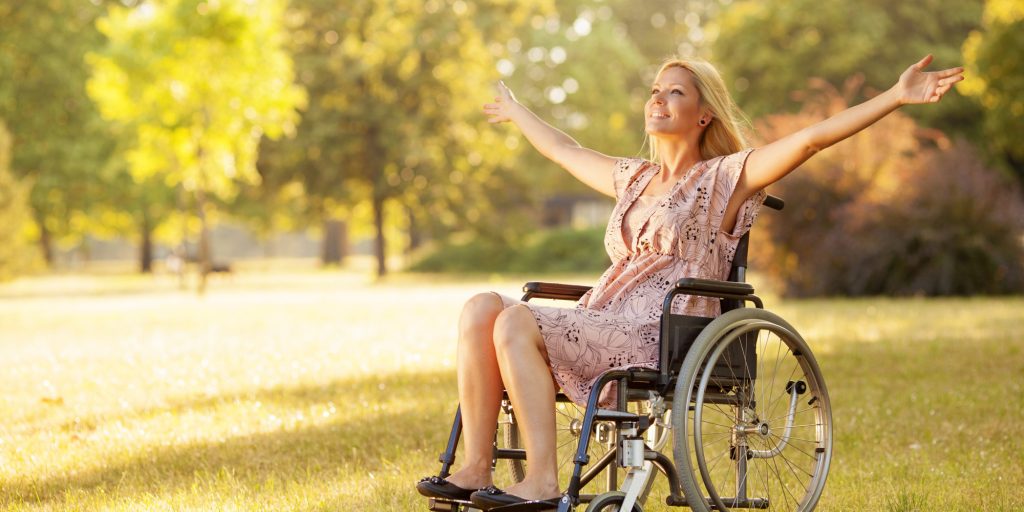
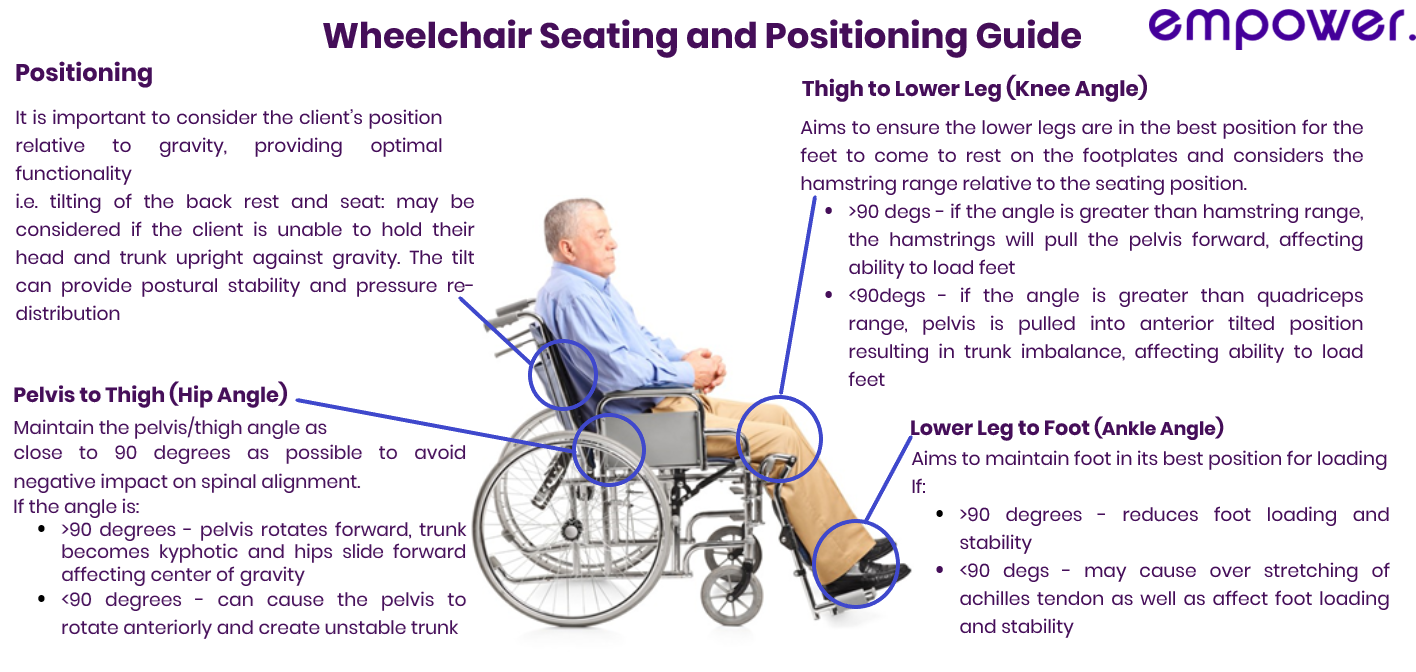 …
…